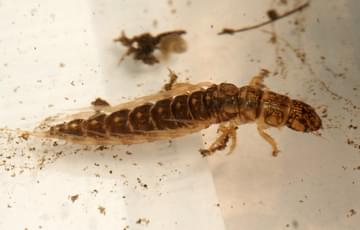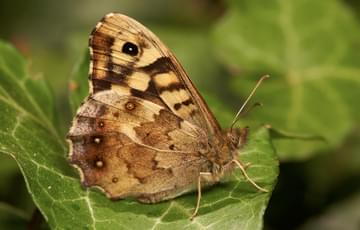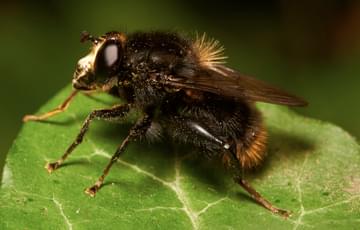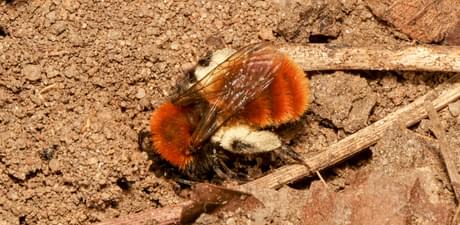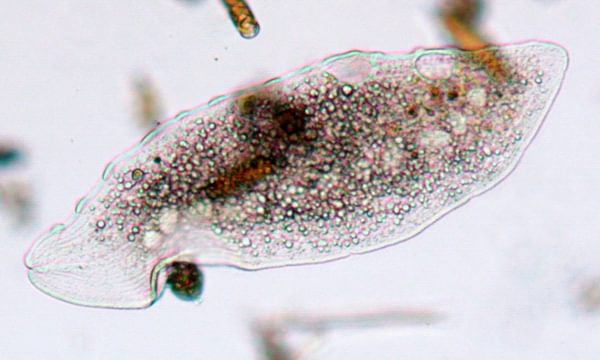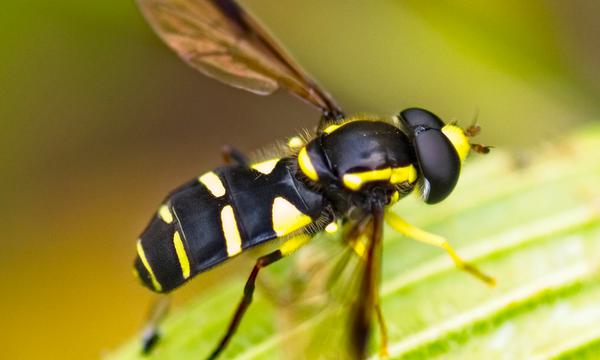News Story
City nature challenge is a global citizen science project that takes place between April 25th-28th, Birmingham and the Black Country (Dudley, Sandwell, Walsall & Wolverhampton) will be taking part in the 2025 City Nature Challenge. Anyone can get involved by downloading the free iNaturalist app from inaturalist.org or via the Apple App Store or Google Play.
Simply take a photo of any wild plant or animal and upload it to the app where the species-recognition software helps with identification. Any wildlife counts including birds, mammals, insects, trees, flowers, amphibians, reptiles, fungi, moss and lichen.
This year we will be holding a free wildlife recording event on Friday the 25th of April at Sarehole Mill where you can find out about the amazing creatures that live there and help Birmingham and the Black Country in the City Nature Challenge.
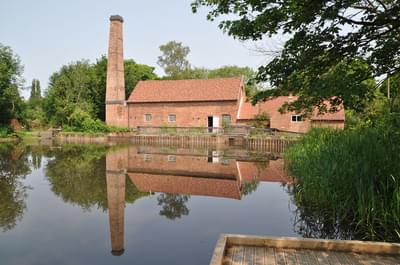
Sarehole Mill is a fantastic place to see wildlife. The Mill Pond and streams are full of water creatures such as Water Scorpions and Alderfly larvae. The woodland is home to many insects such as the Large Bearfly, Speckled Wood Butterfly and Tawny Mining Bee.
Water Scorpions are underwater predators that can catch quite large animals such as tadpoles and even minnows with their big front legs. Adult Alderflies don’t eat and rely on food reserves built up while they are larvae. The larvae live for up to two years and are predators that feed on smaller invertebrates in the water.
Large Bearflies are a type of Hoverfly that looks like a Bumblebee. They lay their eggs at the base of old trees and the larvae live in the soil feeding on rotting wood. Speckled Wood butterflies can be seen patrolling along paths and woodland edges. They each have a territory that they will defend from any other butterflies that enter. Tawny Mining Bees make nests with small mounds of soil surrounding the entrance. They lay their eggs inside separate cells, each stocked with enough pollen to feed the developing larvae.
Image gallery
All the information about the wildlife at Birmingham Museums Sites helps to inform our management of these sites and make them a better place for wildlife.
By Lukas Large,
Curator (Natural Sciences)

